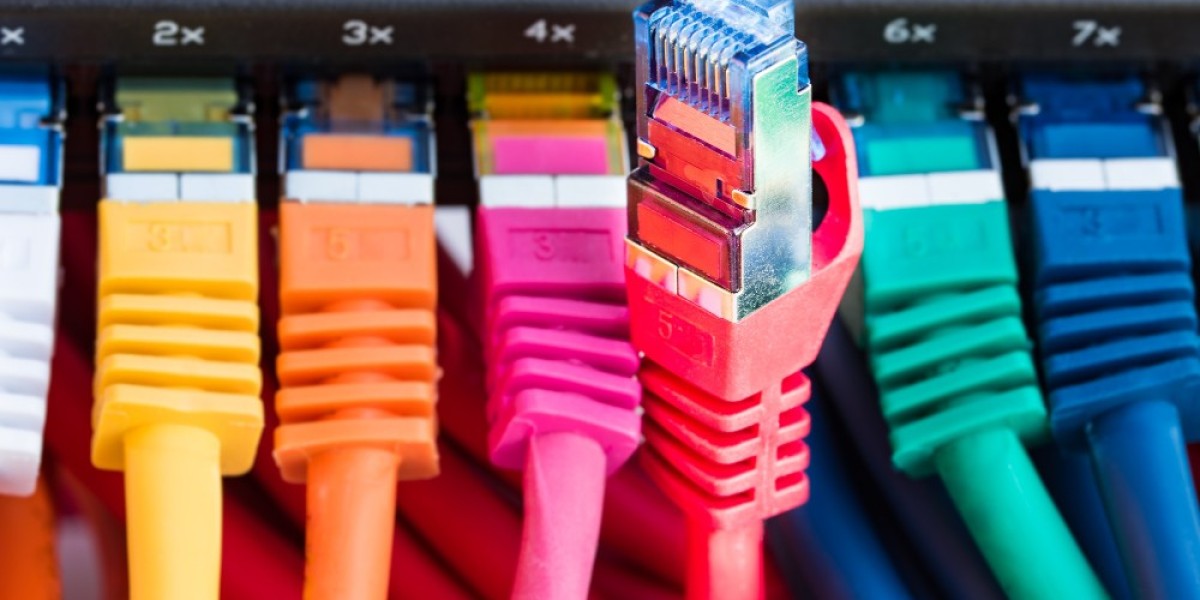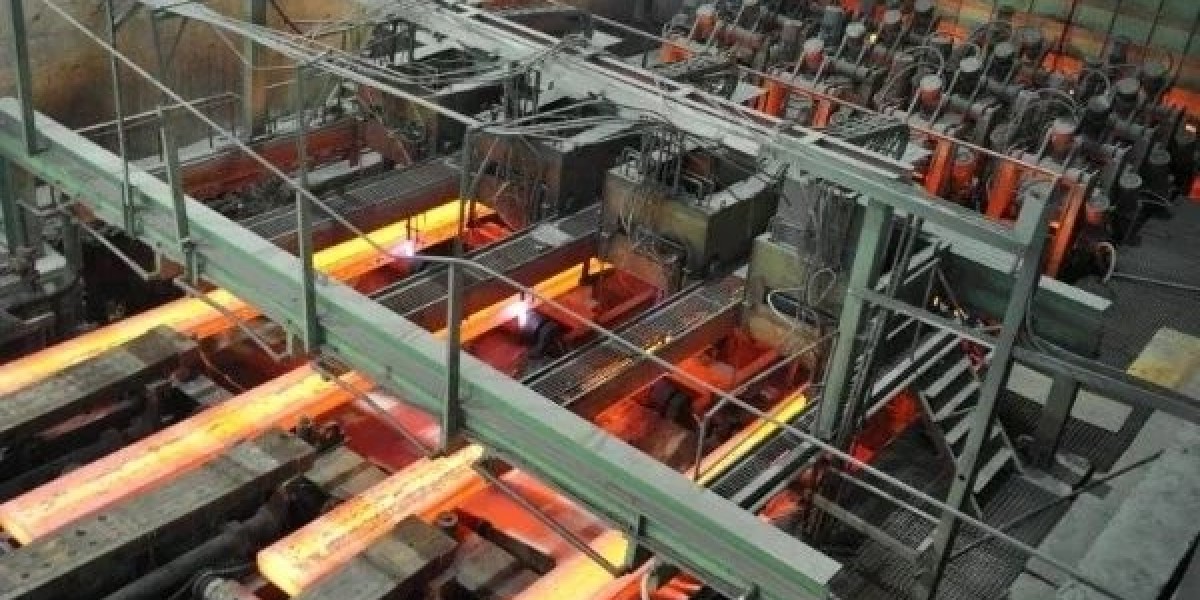What is Fiber Internet?
Fiber internet refers to a type of broadband connection that uses fiber-optic cables to deliver data at extremely high speeds. Unlike traditional copper cables used in DSL or cable internet, fiber-optic cables are made of glass or plastic and are designed to transmit data as light signals. This allows information to travel at incredibly fast speeds, much faster than electrical signals through copper wires.
The term "fiber internet service provider" refers to companies that offer this high-speed internet option using fiber-optic technology. These companies build networks using fiber-optic cables, which can transmit data over long distances without losing speed or quality.
How Does Fiber Internet Work?
Fiber-optic technology works by converting data into light signals. These signals are then transmitted through thin strands of glass or plastic, called fiber-optic cables. The light signals travel at almost the speed of light, allowing for incredibly fast data transfer. This technology is capable of handling much higher bandwidth than traditional internet options, meaning more data can be sent and received simultaneously.
Fiber internet is typically delivered in three different forms:
Fiber to the Home (FTTH): This is the fastest and most direct form of fiber internet. The fiber-optic cables run directly to your home, providing the highest possible speeds.
Fiber to the Curb (FTTC): In this case, the fiber cables reach the curb or a street cabinet near your home. From there, the data is transferred to your home using copper cables. While still fast, the speed may decrease slightly due to the use of copper for the final leg.
Fiber to the Node (FTTN): With this method, the fiber-optic cable ends at a central hub in your neighborhood. The remaining distance to your home is covered using older technology, which can reduce speeds compared to FTTH.
Benefits of Fiber Internet
The rise of fiber-optic technology has brought with it numerous advantages over traditional internet services. Here are some of the key benefits of fiber internet:
Blazing Fast Speeds: One of the main reasons people choose fiber internet is the incredible speed it offers. Whether you're streaming videos in 4K, playing online games, or uploading large files, fiber internet can handle it all without any noticeable lag or buffering. Many fiber connections offer speeds of up to 1 Gbps (gigabit per second), which is significantly faster than most other types of broadband.
Reliable Connection: Fiber internet is less prone to outages and slowdowns. Unlike copper-based networks, fiber-optic cables are not susceptible to interference from electrical signals or weather conditions. This means fewer interruptions and a more stable connection.
Higher Bandwidth: Fiber internet can handle much higher data loads than traditional services, making it ideal for households with multiple users and connected devices. Whether it’s streaming, video conferencing, or downloading large files, fiber can accommodate these demands simultaneously without sacrificing performance.
Future-Proof Technology: Fiber-optic technology is designed with the future in mind. As internet demands continue to grow, fiber networks are better equipped to handle the increase in data consumption compared to older technologies like DSL or cable. This makes fiber a great investment for long-term internet needs.
Symmetrical Upload and Download Speeds: With fiber internet, you often get the same upload and download speeds. This is particularly important for people who need to upload large files, work remotely, or participate in video calls. Traditional internet services usually have slower upload speeds, which can be a bottleneck for certain activities.
Supports Smart Homes and IoT Devices: As more people adopt smart home devices and connect everything from their thermostats to their refrigerators, the need for fast, reliable internet becomes even more crucial. Fiber internet can easily support a wide range of connected devices without slowing down.
Fiber Internet vs. Other Internet Types
To better understand the value of fiber internet, it’s useful to compare it with other common types of internet services:
DSL (Digital Subscriber Line): DSL uses copper telephone lines to transmit data. While it is widely available, DSL speeds tend to be much slower than fiber, especially when you move farther from the service provider’s central hub.
Cable Internet: Cable internet is faster than DSL and uses coaxial cables to deliver internet to homes. However, because cable internet is shared among many users in a neighborhood, speeds can decrease during peak usage times. In contrast, fiber internet provides more consistent speeds regardless of how many people are using the service.
Satellite Internet: Satellite internet is delivered through signals sent from space. While it can be useful in rural areas, satellite internet tends to have higher latency and slower speeds than fiber. It can also be affected by weather conditions.
Fixed Wireless: Fixed wireless internet delivers service through radio signals from a nearby tower. It can be fast but is often limited in terms of availability and speed compared to fiber internet.
The Growing Demand for Fiber Internet
As more people work from home, rely on cloud-based services, and consume online content, the demand for faster and more reliable internet is growing rapidly. Fiber internet service providers are expanding their networks to meet this need, making fiber-optic internet more accessible to households and businesses. With advancements in online education, telemedicine, and smart technologies, having a fast and dependable internet connection is no longer a luxury; it's a necessity.
Even rural areas, which were traditionally underserved by high-speed internet, are starting to see the expansion of fiber networks. Governments and private companies alike recognize the importance of bringing fiber internet to these regions, ensuring that everyone has access to the digital world.
Is Fiber Internet Right for You?
If you're wondering whether you should make the switch to fiber internet, consider your internet usage habits. Fiber is especially beneficial for households with multiple users or those that frequently stream, game, or download large files. If you work from home or run a business that relies on high-speed internet, fiber internet could significantly improve your productivity.
However, it’s important to note that fiber internet may not be available in all areas. While fiber networks are expanding, some rural or remote areas may still rely on DSL, satellite, or fixed wireless services. If fiber is available in your area, it's worth considering for its speed, reliability, and ability to handle future internet demands.
Conclusion
Fiber internet is rapidly becoming the gold standard in broadband technology, offering fast, reliable, and future-proof connectivity. For households and businesses alike, the benefits of fiber internet, including faster speeds, greater reliability, and the ability to support multiple devices, make it an attractive option. As fiber internet service providers continue to expand their networks, more people are gaining access to this advanced technology, ensuring that they can stay connected in a fast-evolving digital world.












